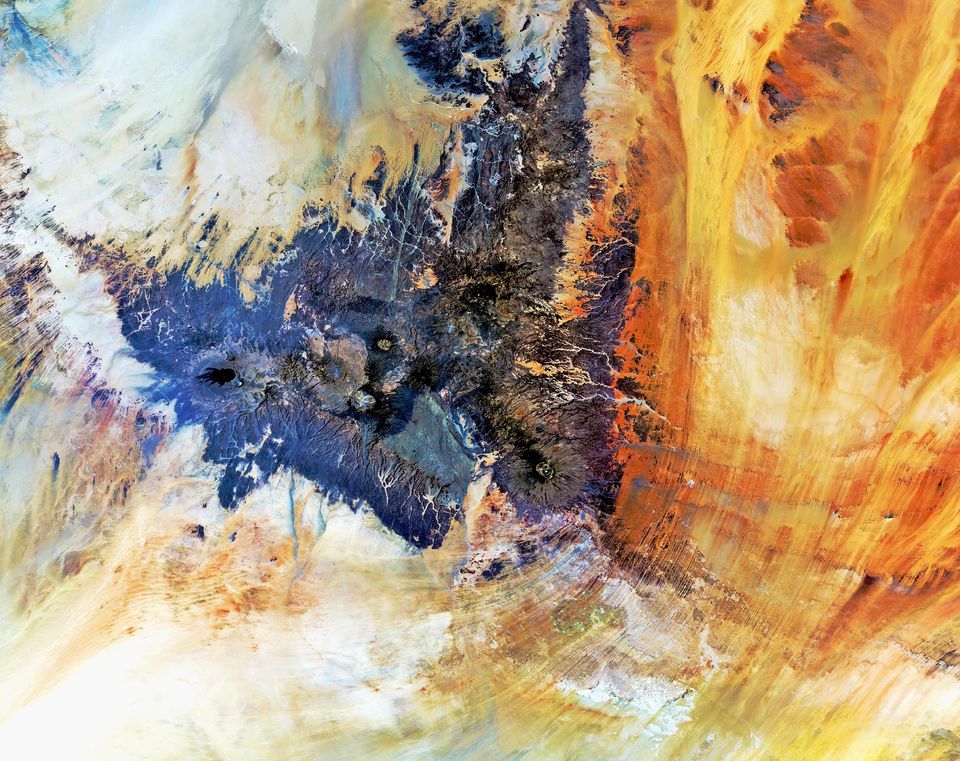What shape is a cloud? A kindergarten teacher would tell her class that, of course, a cloud is a circle. But this is a matter of perspective. How do you draw the clouds that form a hurricane, or how do you paint a cloud on a cloudless day?
As the mathematician Benoit B. Madelbrot mused in the introduction to The Fractal Geometry of Nature:
“Why is geometry often described as ‘cold’ and ‘dry’? One reason lies in its inability to describe the shape of a cloud, a mountain, a coastline, or a tree. Clouds are not spheres, mountains are not cones, coastlines are not circles, and bark is not smooth, nor does lightning travel in a straight line… [In fact,] nature exhibits not simply a higher degree but an altogether different level of complexity. The number of…natural patterns is for all practical purposes infinite.”
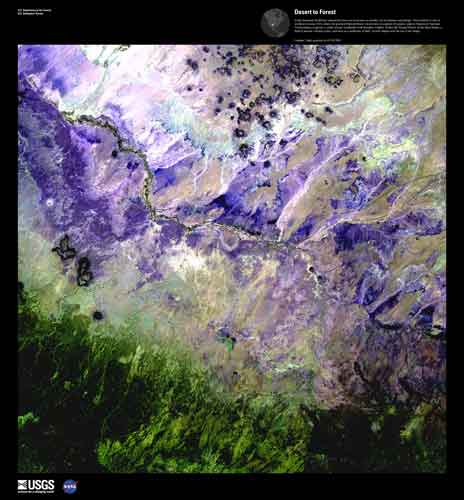
Mandelbrot is the father of the mathematical field of Fractals and his work reveals patterns in the most chaotic of elements of the natural world. From the smallest shells to the grandest weather systems, we find order. Through aerial satellite shots of our great green planet, we catch a glimpse of the level of the natural world’s complexity. Clouds lose all familiarity; so do valleys, trees, rivers, and algae: our world looks foreign and abstract.

In their “Earth as Art” project, NASA scientists compare these images to abstract art. My husband Jeremy, a visual artist, was awestruck by these satellite photographs, and admitted to me that it was these photographs that first caused him to appreciate abstraction. He learned to view abstract art differently: on the one hand, he still searched for signs of resemblance to the earthly shapes he knew so well on the ground, and on the other hand, he felt satisfied to take in the photographs’ alien oddity as a beauty he could not understand or categorize.
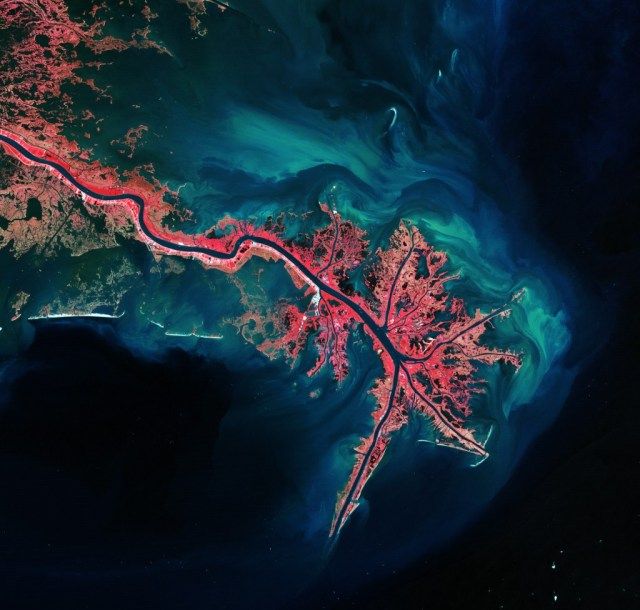
Of course, abstract art works in the same way. The viewer learns to appreciate what he recognizes and what he does not, equally valuing and enjoying the two. As Jackson Pollock said, “[Looking at my work is] like looking at a bed of flowers. You don’t tear your hair out trying to figure out what it means.”

As Pollock discerns, figurative art is based on meaning. The figures a viewer sees in two dimensions on a canvas or in a sculpture reminds her of three-dimensional objects, people, and places, all of which she recognizes because her adult brain has assigned meanings to these distinct shapes and colors.But to an infant, these shapes have no significance: all the world is abstracted to those wide, blinking eyes. In fact, researchers tell us that infants can make out few colors and have such poor depth perception that they can only perceive the world in two dimensions.
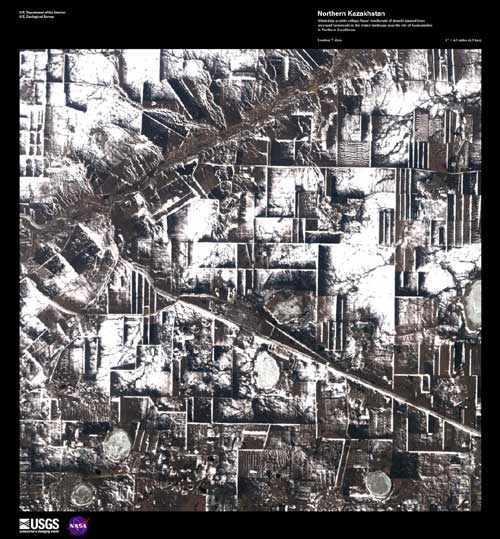
How peculiar, then, that we can lose our sense of wonder as we age, wanting only to find meaning in the art we see on a museum wall. Certainly meaning is our great comfort: it gives us the ability to make sense of our world, which is particularly helpful in moments when our lives seem disordered and nonsensical. However, our perspective is often limited to our small plot of land in our small community of people with our small tastes and preferences. When we travel abroad, we experience new landscapes, people, and dishes, and though we could have read of these strange customs and vistas on the Internet before our visit, the sensual experience of them teaches us a dramatically new perspective.
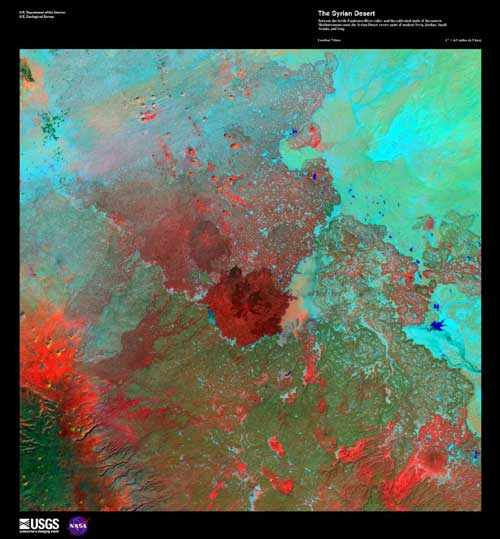
What my husband adored about these NASA photographs of earth was that it lent him new eyes to make meaning out of the things that seemed most familiar. And maybe as you or I learn to find beauty in the alien shapes and colors of our own planet, we can also learn to appreciate the new meanings and perspectives we find in the abstract art hanging on a gallery wall — just maybe.

Images courtesy of; The European Space Agency and the U.S. Geological Survey.

